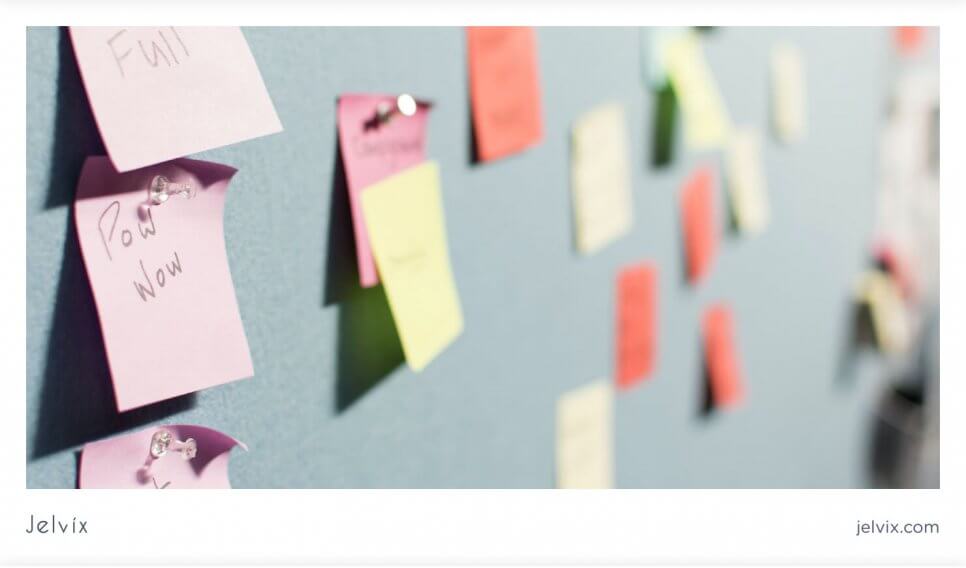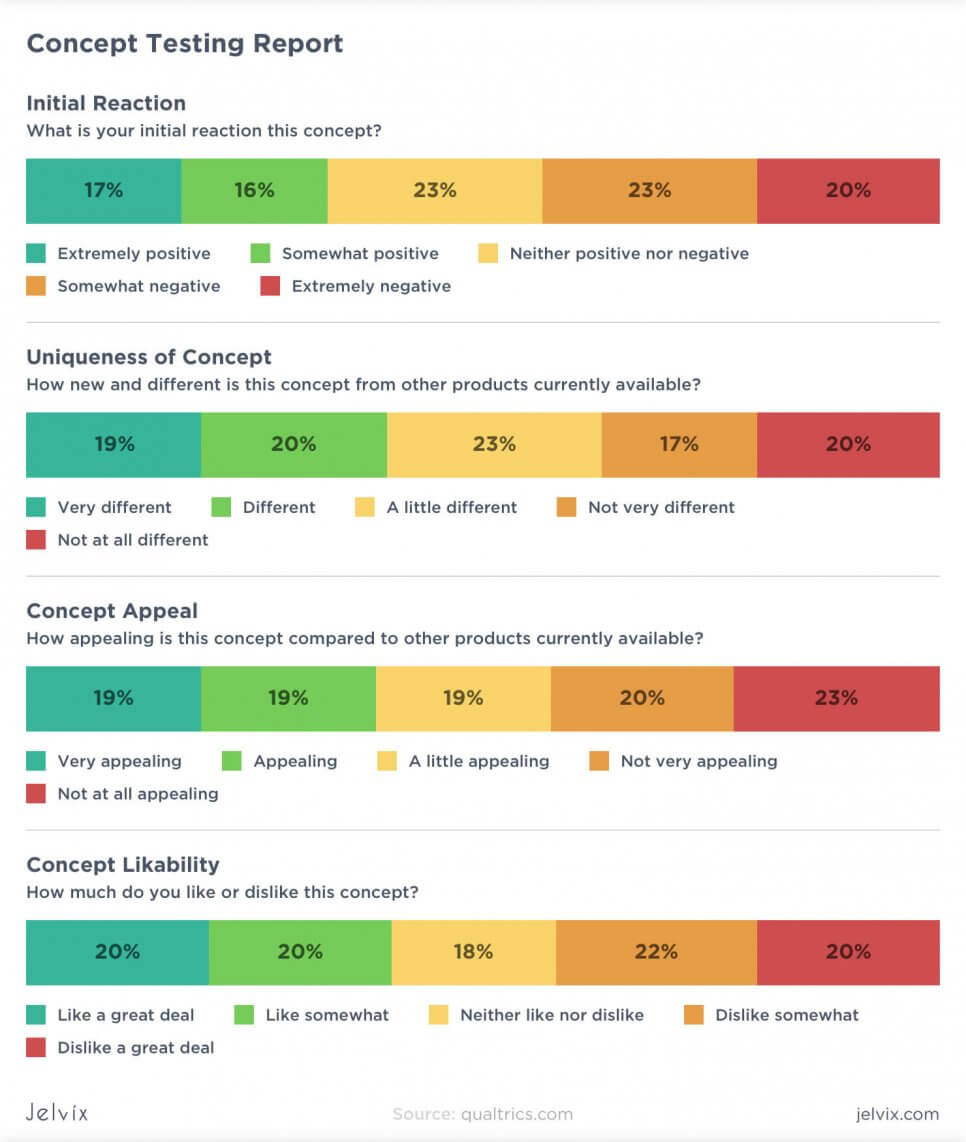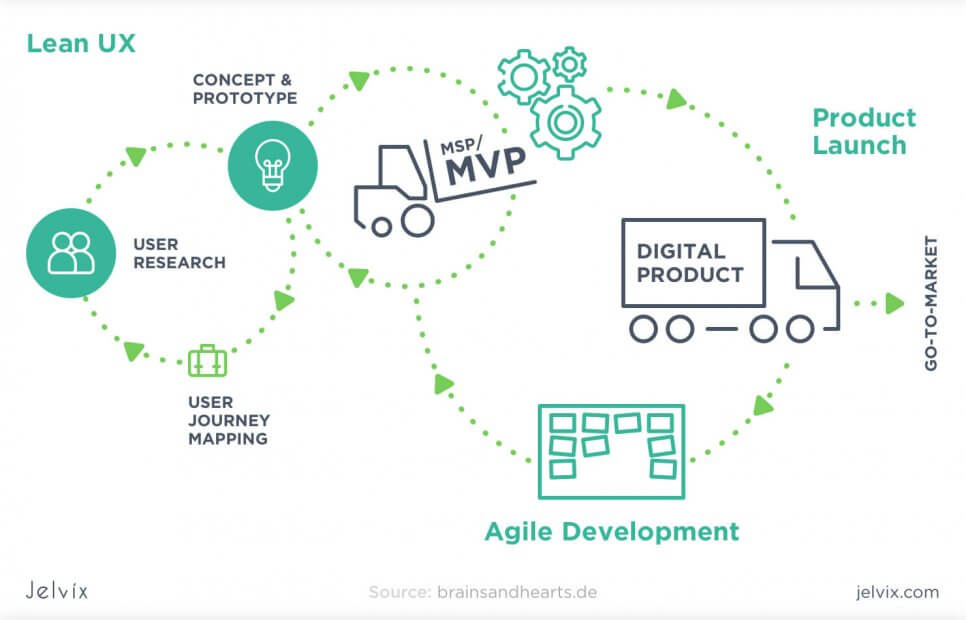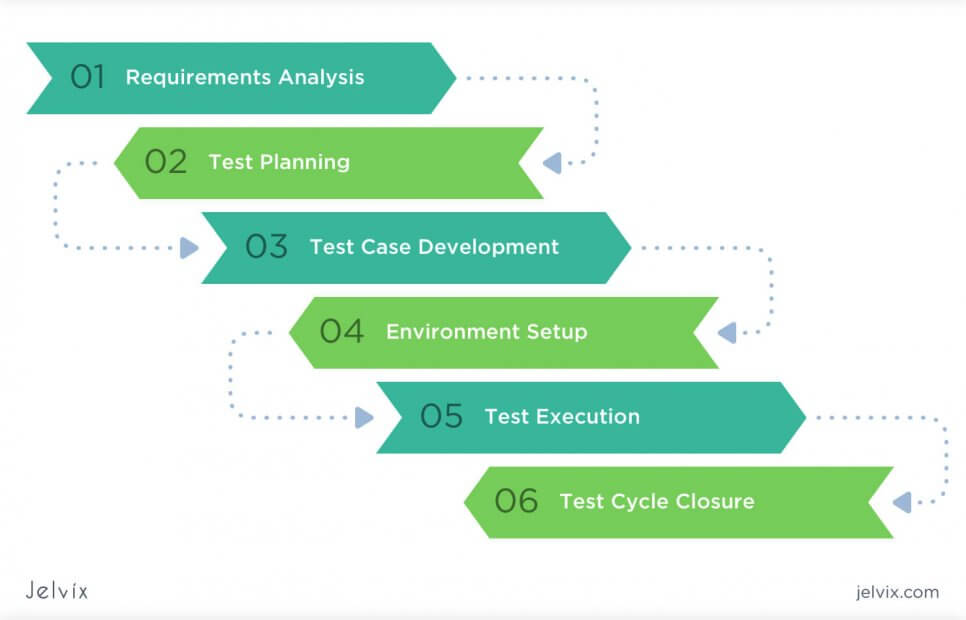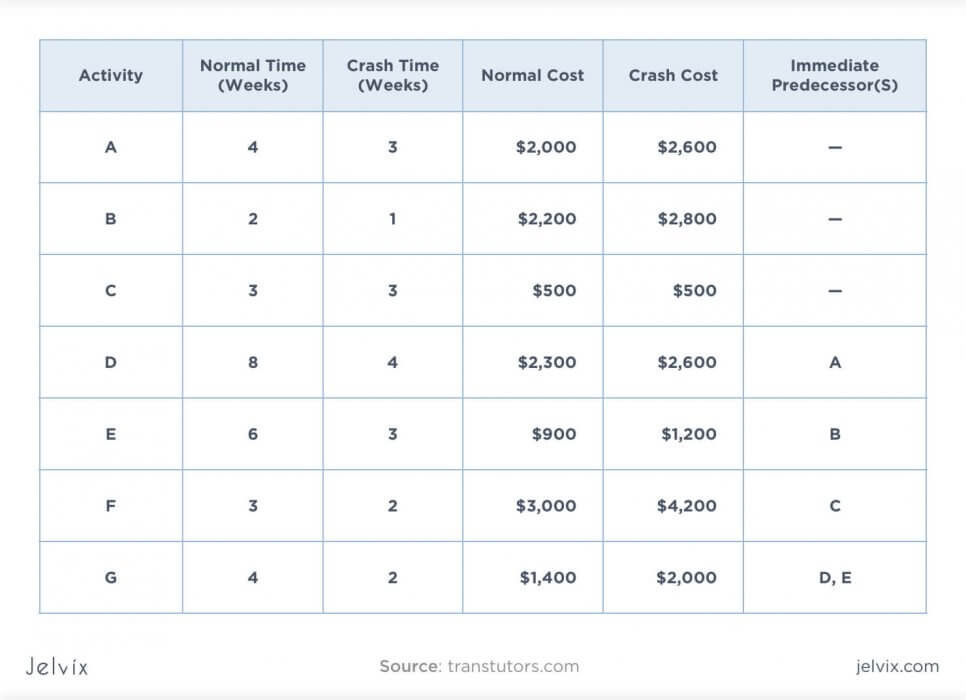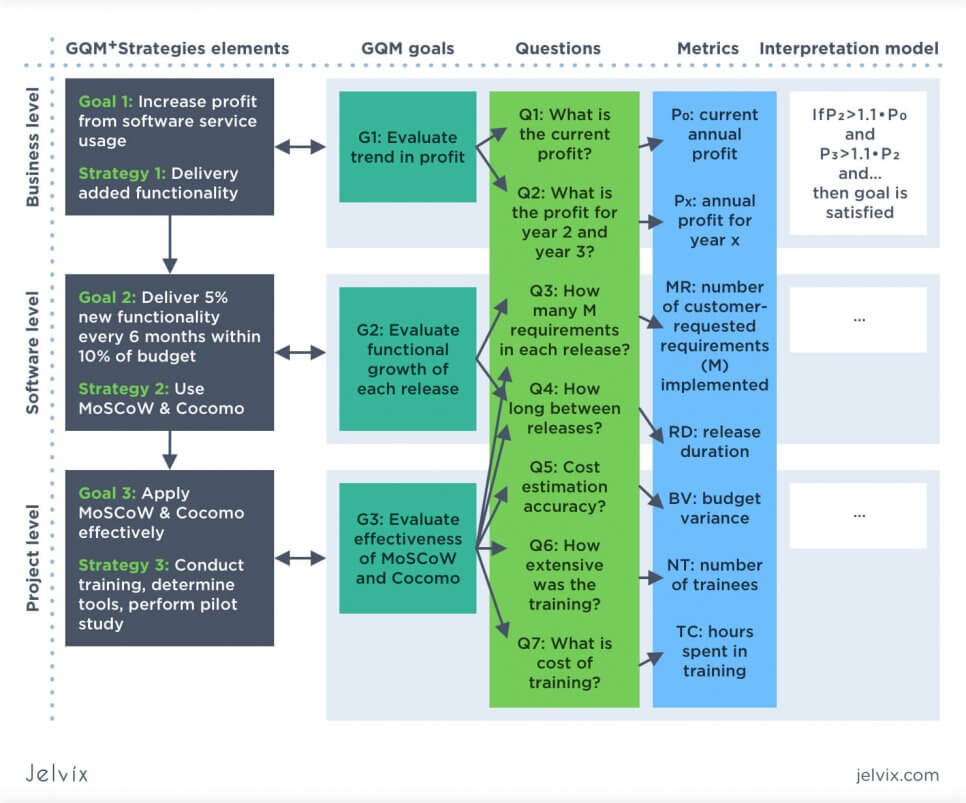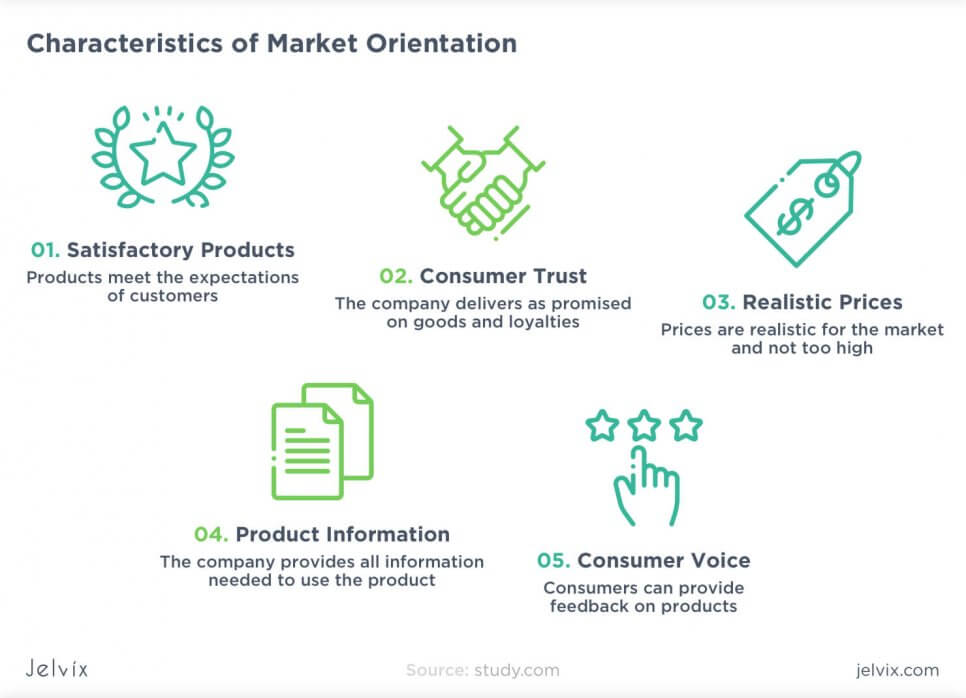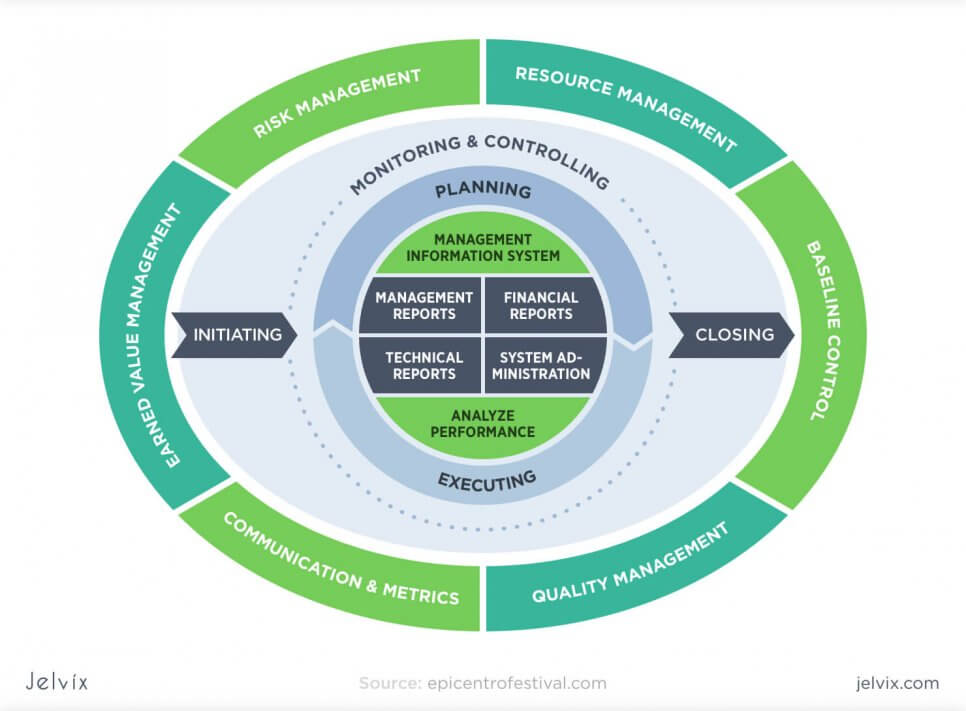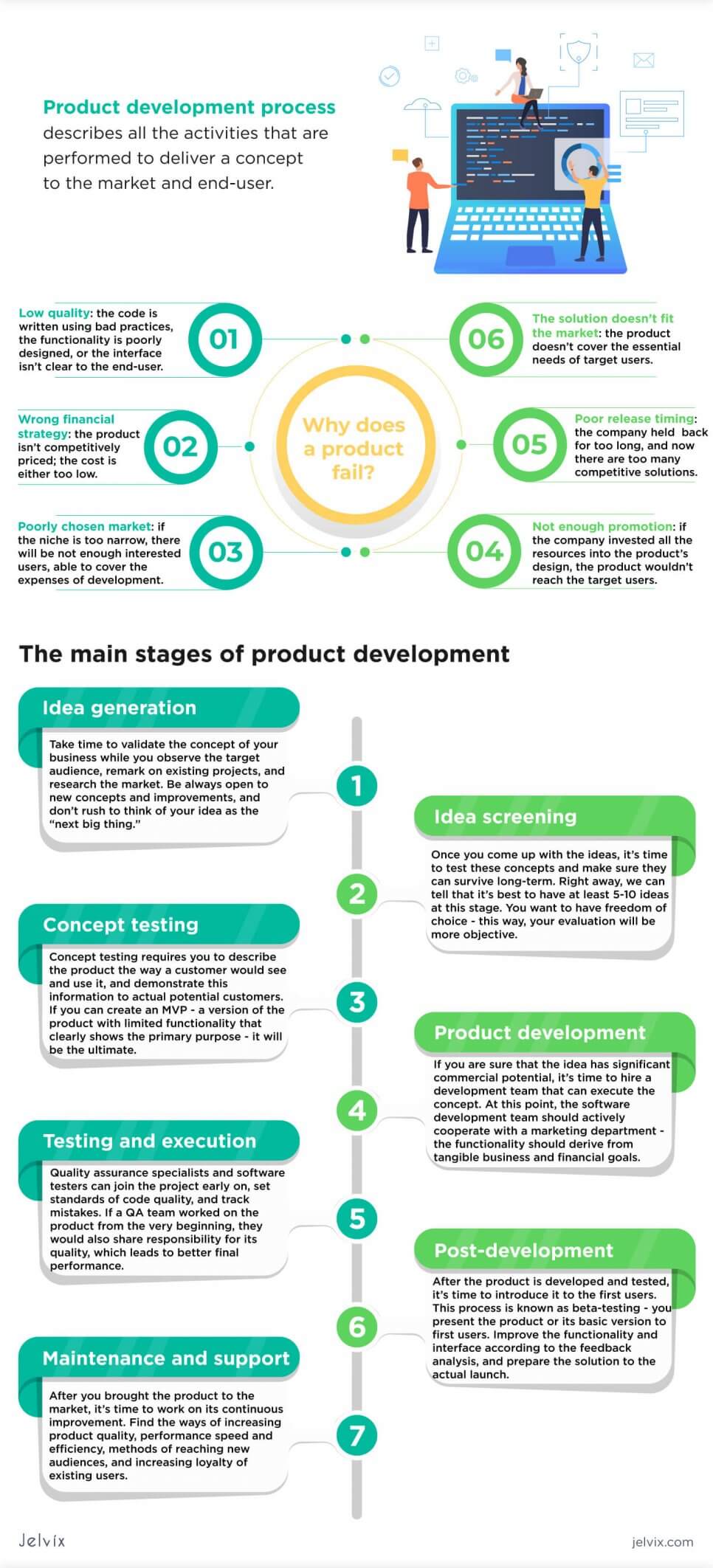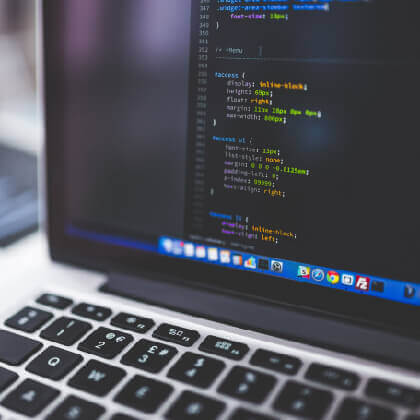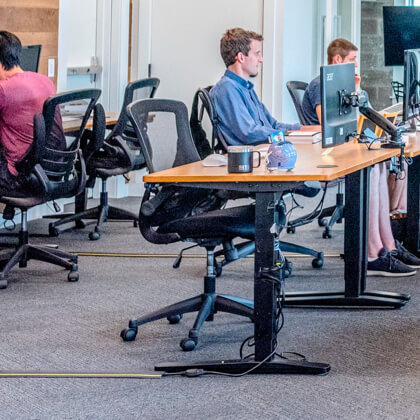Markets and customers are continuously evolving. New requirements enter the game, and the old standards of service don’t respond to expectations. Naturally, products and software solutions can’t remain static – you need to adapt to keep the leadership on the market.
A product development process needs to account for all these changes, and the team should be prepared to change its strategy early on. That is why the product development process isn’t done in one go – it’s a multi-step algorithm.
The definition of a product development process
A product development process describes all the activities that are performed to deliver a concept to the market and end-user. Ideation, design, execution, testing – all these processes make up product development.
The purpose of the product development process is to create a new sustainable product that can survive multiple market changes and bring tangible value to end clients. A right product doesn’t follow the trends blindly, but rather, leverages on them, while still answering essential customer needs.
What factors can interfere with the product’s commercial success?
- Low quality: the code is written using bad practices, the functionality is poorly designed, or the interface isn’t clear to the end-user.
- Wrong financial strategy: the product isn’t competitively priced; the cost is either too low, which makes the business unsustainable, or too high, which keeps the user from the purchase.
- Poorly chosen market: if the niche is too narrow, there will be not enough interested users, able to cover the expenses of development. If the field is, on the contrary, too large, the product won’t stand out and will likely be unnoticed by the target audience.
- The solution doesn’t fit the market: the product doesn’t cover the essential needs of target users or similar tools that already exist and attract the most demand.
- Poor release timing: the company held back for too long, and now there are too many competitive solutions on the market. Another scenario is possible – the business rushed the entry and published a half-baked product.
- Not enough promotion: if the company invested all the resources into the product’s design and development without planning a marketing budget, the product wouldn’t reach the target users.
Also, you should know that the product development process is just the beginning of a product’s lifecycle. The subsequent phases are introduction, growth, maturity, and decline stages. These phases describe the changes in the product’s demand and success – even the most popular solutions will face decline eventually. Your task is to build a sustainable product that can delay the decay for years, possibly decades.
The main stages of product development
The most common one, used by thousands of successful companies is a seven-stage model, where product development is broken down in 7 key steps.
Stage 1 – Idea generation
Figuring out what product to develop is difficult to schedule. We don’t like talking about inspiration because they often imply sitting and waiting for the insight, but often that’s not the case. You need time to validate the concept of your business while you observe the target audience, remark on existing projects, and research the market.
Many product ideas come on a whim, but it’s not the only way. There are tried-and-proven methods of coming up with creative concepts and validating them.
- SCAMPER – an idea generation method, where you need to Substitute, Combine, Adapt, Modify, Eliminate, and Reverse existing solutions. You don’t have to be the one to offer a drastic innovation – you can improve the existing ones and build an even better product.
- Mind-mapping: writing out concepts and ideas that you like and figuring out ways to combine those on visual maps helps to find unexpected solutions.
- Looking at scientific materials: you don’t have to rely on personal life experience and insights, which are often limited to your local market and own vision. Broadening the view by exploring the latest publications can help you identify problems that you haven’t noticed before.
- Crowdsourcing: ideation sometimes requires the experiences of multiple creators from different cultural contexts. Brands often use the help of crowdsourcing companies to help them reach award-winning creators and use their insights to develop a new product.
There’s no single standard of how idea generation should be done. It’s essential, however, that you don’t rush the process. The desire to create a startup often pushes entrepreneurs to jump on board with the first random idea, stopping their research altogether. Be always open to new concepts and improvements, and don’t rush to think of your idea as the “next big thing.”
Stage 2 – Idea screening
Once you come up with the ideas, it’s time to test these concepts and make sure they can survive long-term. Right away, we can tell that it’s best to have at least 5-10 ideas at this stage. You want to have freedom of choice – this way, your evaluation will be more objective.
The purpose of idea screening is to cut off concepts that don’t align with user needs, market trends, company values, concepts that aren’t feasible or attractive to investors. This is a crucial stage for your product success – you don’t want to move to the next phases until you are sure that your idea is viable and well-thought-out.
How to evaluate product concepts:
- Fail-proof testing: the team creates a list of criteria, designed to cut off unprofitable ideas. Usually, these factors are feasibility, budget, company’s values, user needs, competition. These are basic requirements that all potential products should respond to.
- A visual matrix: to make the results of your evaluation more measurable, assign the values from 0 to 10 for each criterion. The idea that got the most points will have a competitive advantage over the rest.
- Financial evaluation: even if you outlined basic budget requirements in the matrix, it’s better to be safe than sorry. Perform an independent budget analysis, focused solely on the cost and expected profits of the solution.
- SWOT analysis: in order to determine the longevity of your product, you need to examine its strengths, weaknesses, opportunities, and threats. Even if an idea seems potentially successful, it’s never perfect (no product is). It’s necessary to be familiar with challenges at the very beginning so that you won’t be surprised easily.
- Co-Star evaluation: a lesser-known, but a fundamental metric for evaluating your expectations and knowledge of the product. You need to define the characteristics of your team, opportunities of the product, describe the functionality of the solution. Also, determine what team members and skill set you need, work on competitive advantages, and identify expectations for results.
Stage 3 – Concept testing
Theoretical estimates let you know what ideas to choose for final testing. It would be unreasonable to spend money on developing five prototypes. So by this point, you should’ve narrowed your choices down to 1-2 options.
Now, the common mistake many business owners make at this stage is skipping the concept testing part and rushing straight to development. They are ambitious with product functionality and design and start investing big budgets without being sure that customers recognize the product value.
Concept testing requires you to describe the product the way a customer would see and use it, and demonstrate this information to actual potential customers. If you can create a minimum viable product – a version of the product with limited functionality that already clearly shows the primary purpose – it will be the ultimate, most effective version of concept testing.
What to discuss with a potential customer during testing?
- pricing: how much is a user willing to pay for the product (keep in mind that most respondents might name a more significant amount, than the one they’d invest)
- usability: is the functionality easy to use and understand?
- convenience: does the product appeal with its simplicity, and if not, what aspects and features could be simplified?
- quality: does the functionality meet users’ expectations.
Stage 4 – Product development
If you are sure that the idea has significant commercial potential, it’s time to hire a development team that can execute the concept. At this point, the software development team should actively cooperate with a marketing department – the functionality should derive from tangible business and financial goals. Have a meeting where the marketing team describes the commercial objectives for the product.
Before you start building the product’s code, you need to have a deep understanding of the following aspects:
- the price of the ready product;
- the break-even number – how many units of the product you need to sell to cover the expenses;
- expected sales amount;
- the potential lifespan of the product.
When the business objectives and limitations are clear, it’s time to start technical execution.
Software development
You need to hire qualified software developers, designers, testers, and project managers. You can recruit these experts to your in-house team or hire outsourcing specialists. Outsourcing is generally cheaper and easier to implement, whereas having an in-house team gives you more control. If it’s one of your first software development projects, it’s usually safer to choose an outsourcing vendor, who has already established development and project management practices.
Product designers develop the interface of the product, determine the user personas, build design prototypes, and create the final user interface. Front-end developers build the client-side of the application – the one that an ultimate user interacts with. Back-end team ensures functionality performance, interactions with servers, databases, APIs – everything that’s responsible for providing products’ operations.
Stage 5 – Testing and execution
Quality assurance specialists and software testers can join the project early on, set standards of code quality, and track mistakes. If a QA team worked on the product from the very beginning, they would also share responsibility for its quality, which leads to the better final performance.
Integrating testing early on allows shortening feedback loops, quickly marketing solutions to the market, and improving product quality.
Manual Testing vs. Automated testing
Automated QA processes allow development and testing teams to work faster – team members don’t have to go through repetitive use cases. Instead, they can focus on complex user scenarios, interface testing, and practical improvements. Automated testing solutions can run hundreds of tests simultaneously, whereas human testers need to focus on a limited number of scenarios per session.
However, not all testing can be automated: for instance, exploratory tests, where the team needs to evaluate the complete functionality to see the bigger picture and determine which features are essential. The same thing is right for interface testing – algorithms can’t adapt to specifics of human eyes, color and depth perception, etc.
Deployment
Tested and approved code can be deployed to final users. The codebase is uploaded to the server, where it will be connected to the solution’s interface. Deployment can be continuous – when developers upload feature by feature or performed all at once when the entire functionality is uploaded to the server.
Stage 6 – Post-development
After the product is developed and tested, it’s time to introduce it to the first users. This process is known as beta-testing – you present the product or its basic version to first users, improve the functionality and interface, and prepare the solution to the actual launch.
Commercial release
The success of product development hugely depends on release timing and settings. Here is a list of factors that you need to take into account before publishing your software.
- User readiness- you need to promote brand awareness with social media advertising, content marketing, email newsletters, and offer promotional activities;
- Pricing: a data-driven, objective pricing strategy allows you to attract customers with a balanced price-quality offer while also, reach a break-even point faster;
- Timing: you need to take into account economic, technological, and political trends before releasing a solution.
You should plan out your release to the tiniest detail but remain flexible and open to changes. Have a strategy and stick to it, but track market changes, just in case there’s an emergency or a drastically new development.
Stage 7 – Maintenance and support
After your company brought the product to the market, it’s time to work on its continuous improvement. You need to seek ways of increasing product quality, performance speed and efficiency, methods of reaching new audiences, and increasing loyalty of existing users.
You need to analyze the success of the product – measure the number of users, pay attention to the evaluation on social media, and client reviews.
Another aspect to take into account is customer reviews. You can ask for users’ emails and ask them for feedback. Many of them might not leave reviews without your engagement, so encourage them to be more vocal about the product’s benefits and disadvantages. You can even offer bonuses for a detailed review.
Discover strategies to optimize your product development process and drive business growth through digital transformation.
Continuous improvement
You need to start planning the next iteration, coming back to the very early stage of the product development process. It means gathering ideas for following improvements based on market trends, customer reviews, needs, and tendencies.
Additional factors that influence product development
The success of the product development process is determined by many factors. Here are some other aspects that you need to consider before investing in product development.
Management support
The priorities of top management should be perfectly aligned with the actions of a product development team. Business leaders and executives must understand the importance of the product and see how it correlates with business priorities.
Design and development teams should focus on the capacities of influencing managers. The same thing goes for managers of technical and development teams. After you defined a product concept, be sure that the top manager understands it as well as you do.
Market orientation
You need to align your company needs and the company values. The product can be beneficial to end-users, but if it’s not what your brand typically stands for, it’s better to accept that your business might not be the one to solve this problem.
Technology
In many cases, such additional technologies only increase the development cost, leading to higher prices while not contributing to users’ needs.
Knowledge and skills
You need to make the knowledge of expert team members available to the entire team and reusable long-term. If you work with expert software developers and testers, ask them to prepare wiki files that describe product functionality and best practices. If the vendor refuses to make knowledge available, it’s not a reliable long-term partner.
Remember, having a knowledge base makes you independent and allows changing vendors anytime. Also, you can reuse this information, and this way, shorten your time to market.
Organization and management
If, by the end of product development, your team doesn’t establish long-term development and design processes, you won’t be able to replicate the success of the product. You need to have a transparent methodology that all the team members agree on. It should be reusable and clear.
Make sure that all project participants can suggest changes to the workflow. All team members should communicate transparently, know what the other team is doing, and see the planned workload long-term.
Conclusions
Product development is an ongoing process that requires constant monitoring, research, improvement, and creativity. Even if you discovered a methodology that works, you still need to be open to changes. New models, tools, and approaches appear all the time, and you need to test them out to find an optimal combination.
Also, don’t forget that users’ tastes and needs tend to mature over time. Even now, users are much more tech-savvy than they were five years ago. Now, they care about privacy, ethical responsibility, security. Who knows how users’ priorities can change soon? Listen to your users, follow market trends, collect feedback, or contact us for new ideas.
Need a qualified team?
Use our top talent pool to get your business to the next level.



